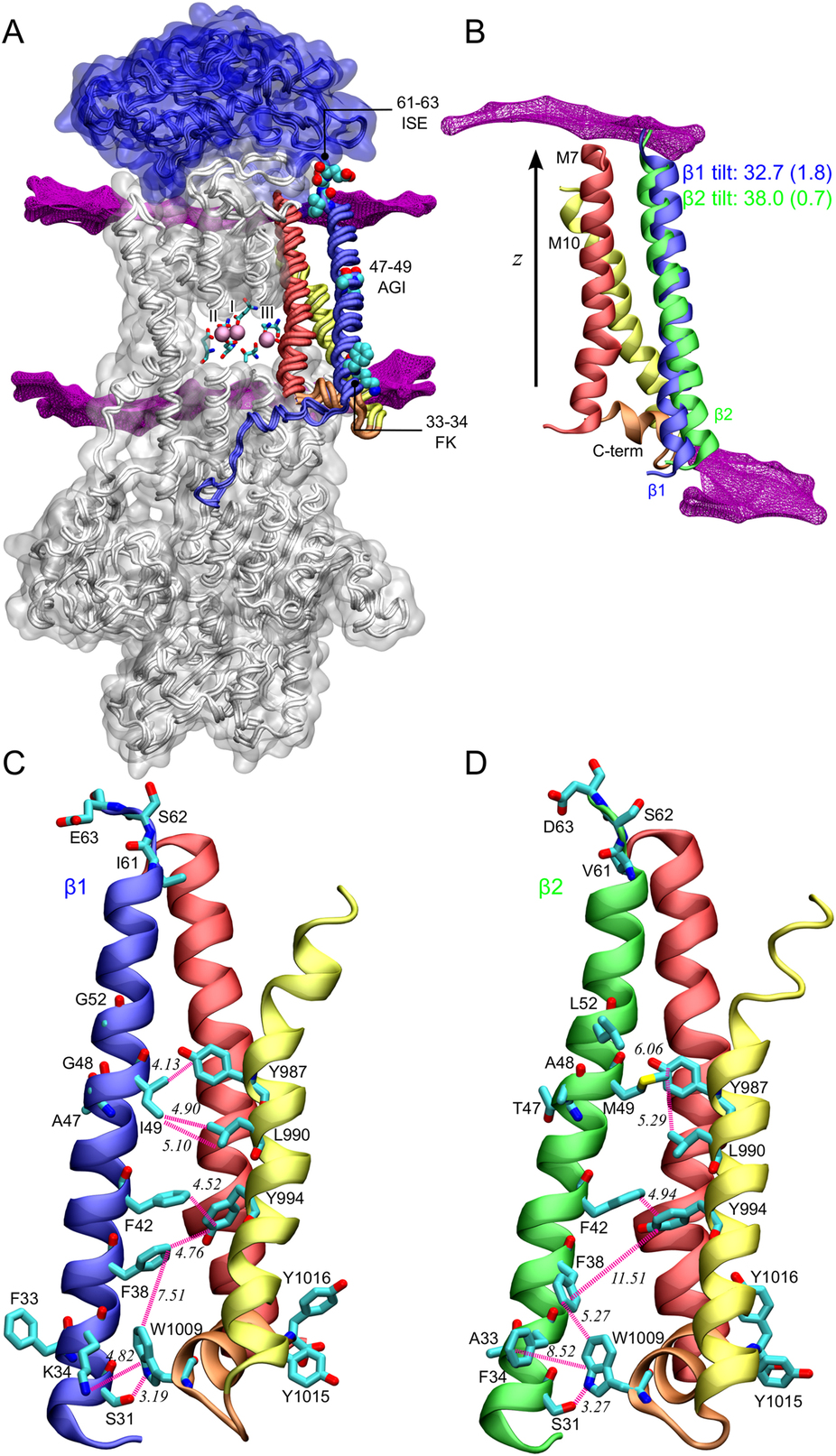New insight into a cerebellar sodium-potassium pump
Danish researchers have found that a unit in the sodium-potassium pump, which is mainly located in the cerebellum, has special properties.

About half of the brain's nerve cells are located in the cerebellum, a compact structure in the back of the brain that is important for the fine-tuning and smoothing of our movements. Now, researchers from Aarhus University have studied a variant of the sodium-potassium pump with a so-called beta2 unit, which is especially prevalent in cerebellar nerve cells. In the many closely spaced nerve cells, the sodium and potassium ions are flowing in and out, and they must again be sorted by the sodium-potassium pump to enable the nerve cells to transmit signals. The researchers found that pumps with beta2 have special properties that are likely to enable them to handle the unique conditions in the cerebellum.
Researchers at the University of Southern Denmark made a computer model of pumps with beta 2, and both the model and laboratory studies indicated that the beta2 unit has a modified molecular structure, where the angle between the alpha and beta units of the pump increases.
The study thus ranges from computer models of atomic structures to new insights into what it takes for the brain to control and adjust our motor function.
The scientific article has been published in Scientific Reports, Nature.
More information
Postdoc Hanne Poulsen
Department of Molecular Biology and Genetics, Aarhus University
Denmark
hp@mbg.au.dk - mobile: +45 3025 4065
